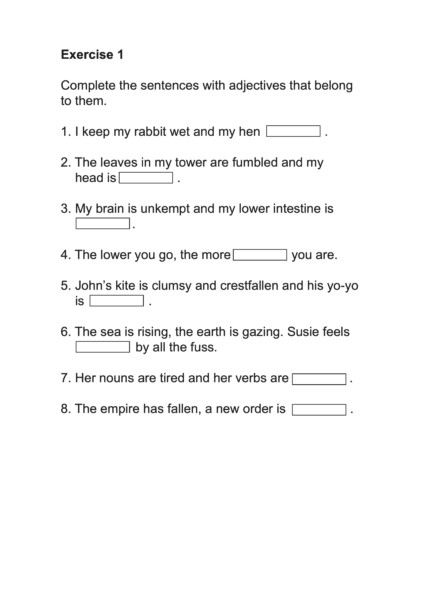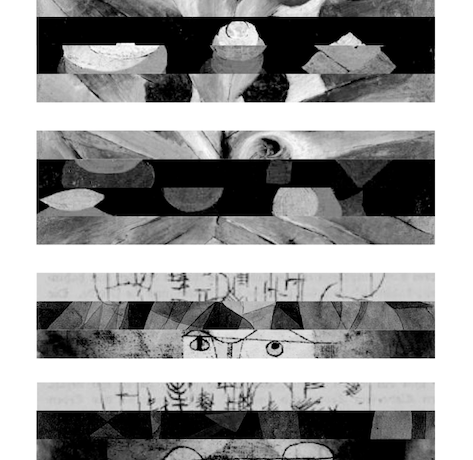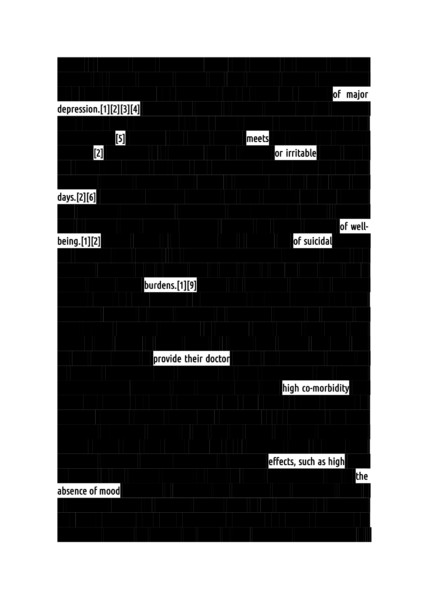Michal Kamil Piotrowski on his course: ‘A Kaleidoscope of Forms: Innovative Poetry in the 21st Century’
Hello! In this post I will write a bit about experimental poetry. But first – what makes poetry experimental or innovative? In my opinion, the most important aspect is that, unlike traditional poetry, it concentrates on the future, it doesn’t feel constrained by traditional or canonical forms inherited from the past. It can challenge traditional poetry too, but it doesn’t mean that all contemporary poetry is innovative. In art ‘experimental’ means ‘new and radically innovative’. So think poetry co-written by machines, think poetry created from snippets from other texts, think poetry gamebooks, think poetic objects.
What’s really cool about experimental poetry, is that it can use any medium, take any form: there is visual poetry, video poetry, textual poetry, sound poetry, object poetry. So you can create poetic objects at the intersection of poetry and sculpture (or installations), you can make poems that would place themselves between poetry and visual art. Generally, you are free to go as far and as weird as you want – just don’t forget that aside from freedom, you have responsibility too. You should be able to easily explain the thought behind your artwork, and defend your process.
From my perspective, experimentation is the language of the poetry of the future, and there are a few reasons for that. Firstly, experimentation is all about creativity, about asking ‘Why not?’, and we humans crave creativity. So why not write a poem composed just of found text, such as a Xanax leaflet? Why not make an asemic poem of meaningless scribbles, and do it in blood? Why not write a poem that would have to be co-created by the reader, like the one below:

It has been proven by several studies that there’s a link between creativity and happiness, so I would encourage you to be creative and free when you write, and don’t settle for less. If you like rhyming, take it to the extreme. If you like sonnets, think about how you can make this form more innovative. In fact, people have been writing innovative sonnets for far longer than one can think. So, maybe you can create a sonnet, but make it visual, like this one?

This is a sonnet that I wrote in black-and-white, it’s based on Paul Klee’s paintings. It follows the structure of 14 lines arranged four-four-three-three and the rhyming structure ABBA – ABBA – CDE – CDE, but I’ve given it a visual rhyme. Furthermore, writing experimental poetry is actually less intimidating than writing traditional poetry. When I started writing I was quite fearful of the white page, so I decided to write poetry based on found text. If you want to write experimental poetry at home, probably the easiest form to start with is an erasure poem. This is my erasure poem about suffering from depression:

In brief, you start with a page of text – any text – and you remove content, for instance with a sharpie pen. What’s left is an erasure poem. When experimenting with writing poetry, I’d recommend starting with found text if you don’t know where to start, and then you can gradually fill poems with your own words, which is what I did. I also believe that experimentation opens up new possibilities for art, thinking and life. Experimenting with poetry definitely made me feel more creative and alive. It’s worth mentioning that there’s a vibrant online innovative poetry community, so it’s easy to find peers that will inspire you – I’ve made a few experimental poet friends through social media.
Moreover, experimentation frees the performer and the reader from outmoded constraints. You don’t need to know the difference between iambic and trochaic meter in order to write innovative poetry – sure, it’s great to know constrains of traditional poetry but it’s not necessary. As a reader, you don’t need to know those either – in that sense, innovative poetry is more democratic, as you don’t always need as much preparation in order to understand and appreciate it.
If that sounds interesting, and you’d like to explore experimental poetry further, join my class A Kaleidoscope of Forms: Innovative Poetry in the 21st Century! In five 2-hour lessons, you will become well-acquainted with innovative poetry, and create a lot of poems too!
Michał Kamil Piotrowski is teaching A Kaleidoscope of Forms: Innovative Poetry in the 21st Century, which consists of 5 fortnightly Zoom sessions on Thursdays, 7–9pm (GMT), which started on 25 January 2024.
Add your Reply
You must be logged in to post a comment.